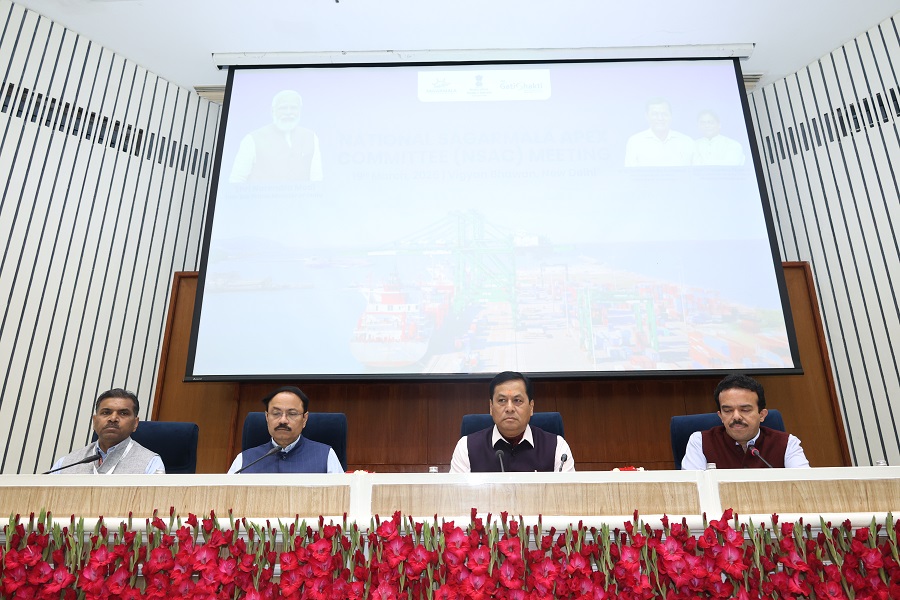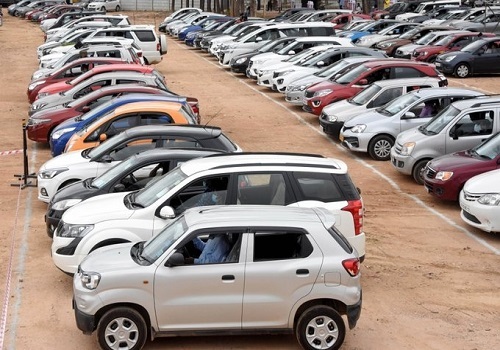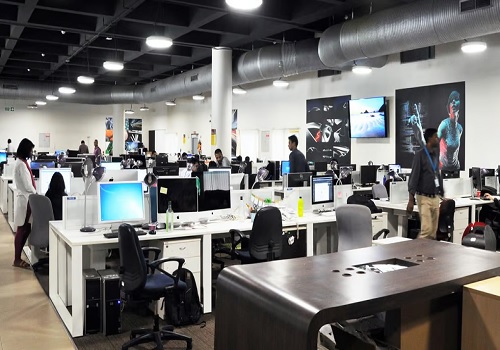Internet Sector Update : Amazon expands Now to Mumbai; 100+ stores operational across 3 cities By JM Financial Services

According to Amazon India, its 10-minutes delivery service ‘Now’ is now available in Mumbai. The quick commerce (QC) service, first launched in Jun’25, was earlier available in Bengaluru and Delhi. Amazon has set up a network of 100+ micro-fulfilment centres across these three cities, and intends to add hundreds more by year-end to support the service. It said Now is seeing strong traction with ~25% MoM daily order volume growth in Bengaluru and Delhi. Moreover, Prime members using the service have tripled their shopping frequency. Earlier, Flipkart had said its QC service Minutes (launched in Aug’24) had reported 50% MoM value growth at the end of its first year of operations. Minutes currently operates in 19 cities and has 400+ dark stores. We think cannibalisation of their own existing traditional e-commerce orders is driving most of these gains for both late entrants. We also believe both platforms will have to launch a dedicated QC app and aggressively invest in network expansion of dark stores, motherhubs and other logistics infrastructure to make meaningful inroads in the market. They will also have to heavily spend on building the brand, customer acquisition/retention and differentiate basis service quality for consumers to consider switching from early adopters. Since all these will take time to fructify, we do not foresee any immediate impact on growth amibitions of early adopters, i.e., Blinkit, Instamart and Zepto.
* Amazon India has launched Now in Mumbai: According to Amazon India, its QC service ‘Now’ is now available in three cities, following the launch of operations in Mumbai. It said the service is getting strong customer response in Bengaluru and Delhi, with consumers ordering from a wide range of categories such as groceries, personal care, electronic accessories and festive supplies. With the festive season nearby, Amazon India intends to enable delivery of 40k+ items within hours, supported by 100+ microfulfilment centres. We see Amazon India’s scale-up of ultra-fast delivery signals as further evidence of the structural shift towards immediacy and convenience in Indian retail consumption patterns. Consumers are shifting their purchases from traditional eCommerce, unorganised mom-and-pop retail stores (kiranas) and modern retail to QC due to the latter’s core strengths such as accessibility, assortment, affordability and ease.
* QC execution-heavy, so immediate inroads unlikely for late entrants: QC is essentially a retail business, which means it is structurally execution-heavy. There are multiple facets spread across sourcing, distribution, warehousing, inventory management, logistics, demand forecasting, and dark store operations, amongst others, that need to work in sync for the model to be viable. Early adopters, we feel, have a first mover advantage when it comes to understanding categories that work on the channel, knowledge of city/micromarket demand patterns, infrastructure and logistics tech optimised for quick deliveries, access to prime real estate locations (can be a huge advantage in some Tier 1 city micro markets), platform recall/stickiness amongst customers, and multi-year experience of last mile deliveries. Hence, late entrants may find it to difficult to make immediate market inroads, especially in the face of the strong supply chain network built by early adopters across 100+ cities and dependence on the same set of delivery riders and/or other contractual workers pool that is available to incumbents.
* TAM currently big enough to accommodate rising competition: As per our estimates, the QC channel penetration in India’s broader retail market (sized at ~USD 1trln in CY24) is barely 0.9%, as of 1QFY26. Compared to that, e-retail penetration stands at 6-7%. Going ahead, we expect the QC market to continue to grow exponentially on account of (1) conspicuous shift in consumer purchases from traditional e-commerce (or scheduled delivery), unorganised retail and modern retail channels; (2) continued ramp-up of retail categories and product/SKU depth on the channel; and (3) aggressive expansion of dark store network by early adopters in lower-tier cities. This means that even if we conservatively estimate that the QC channel penetration will reach only 2.5% over the next 5 years, the market (in GOV terms) can expand to ~USD 48bn, growing at ~44% CAGR. This should ensure exponential GOV (gross order value) growth for early adopters despite the recent entry of large e-commerce/scheduled delivery players
Please refer disclaimer at https://www.jmfl.com/disclaimer
SEBI Registration Number is INM000010361




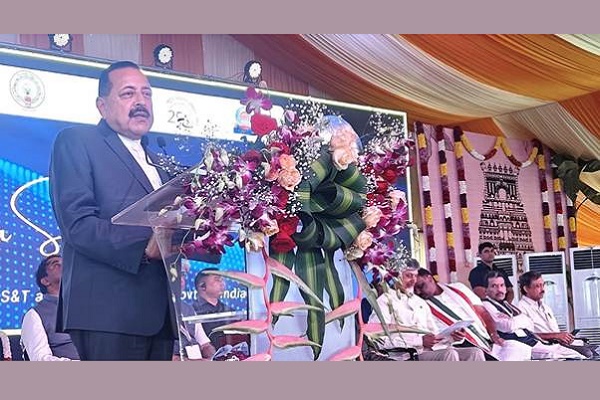

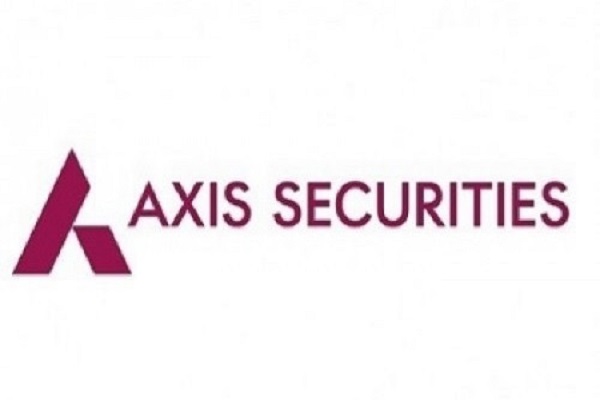
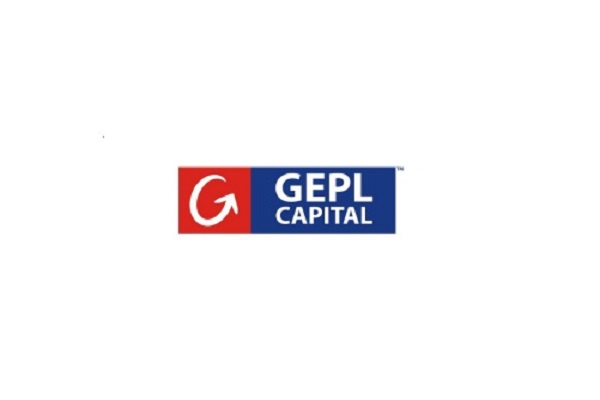
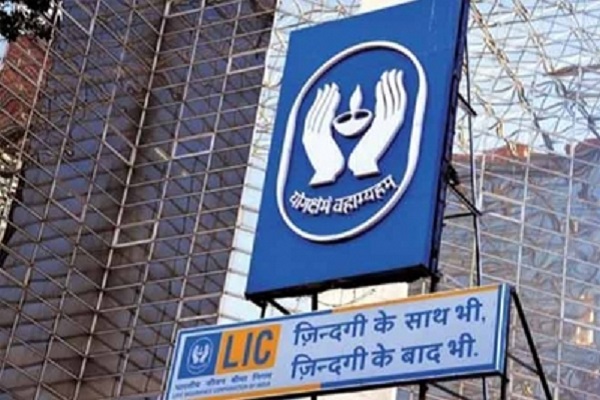

Tag News

Chemicals Sector Update : Crop & Chemical Dashboard: Farm economics under pressure by Kotak ...









